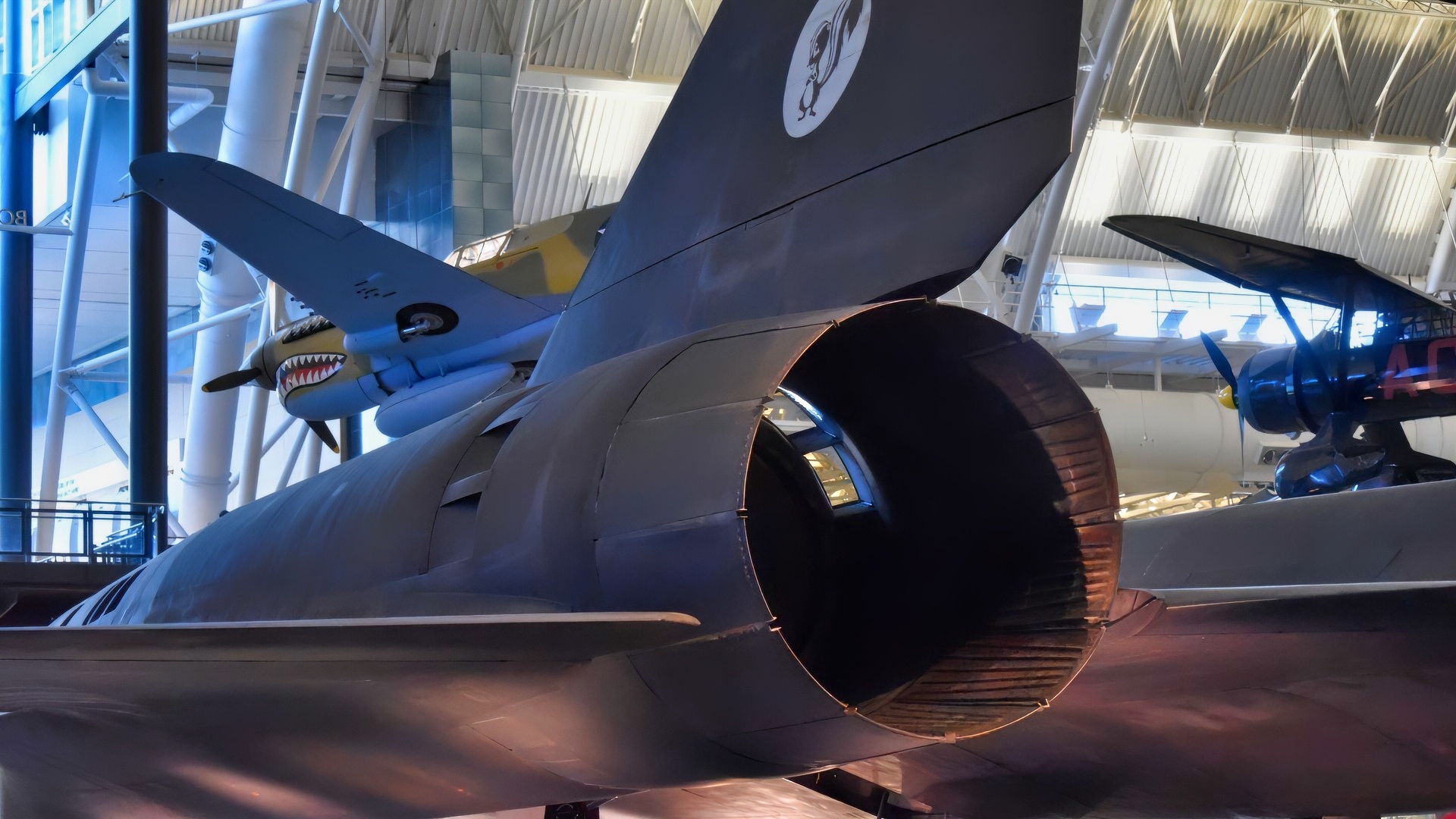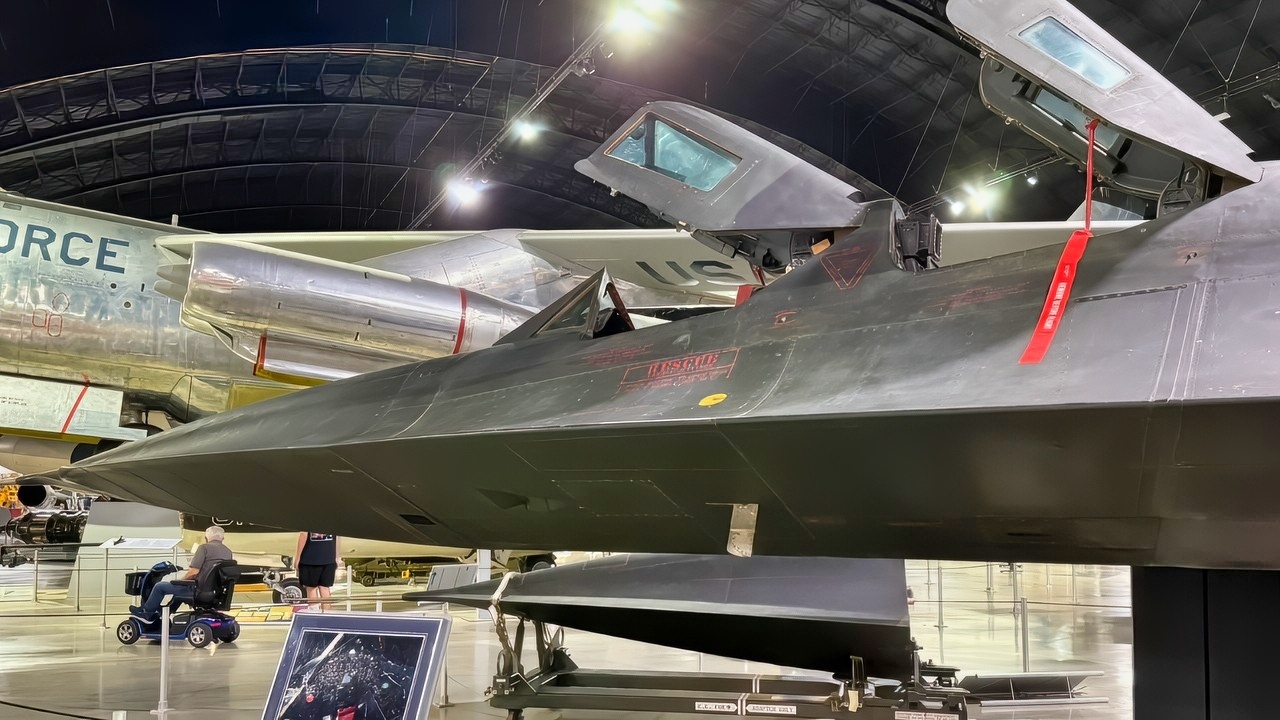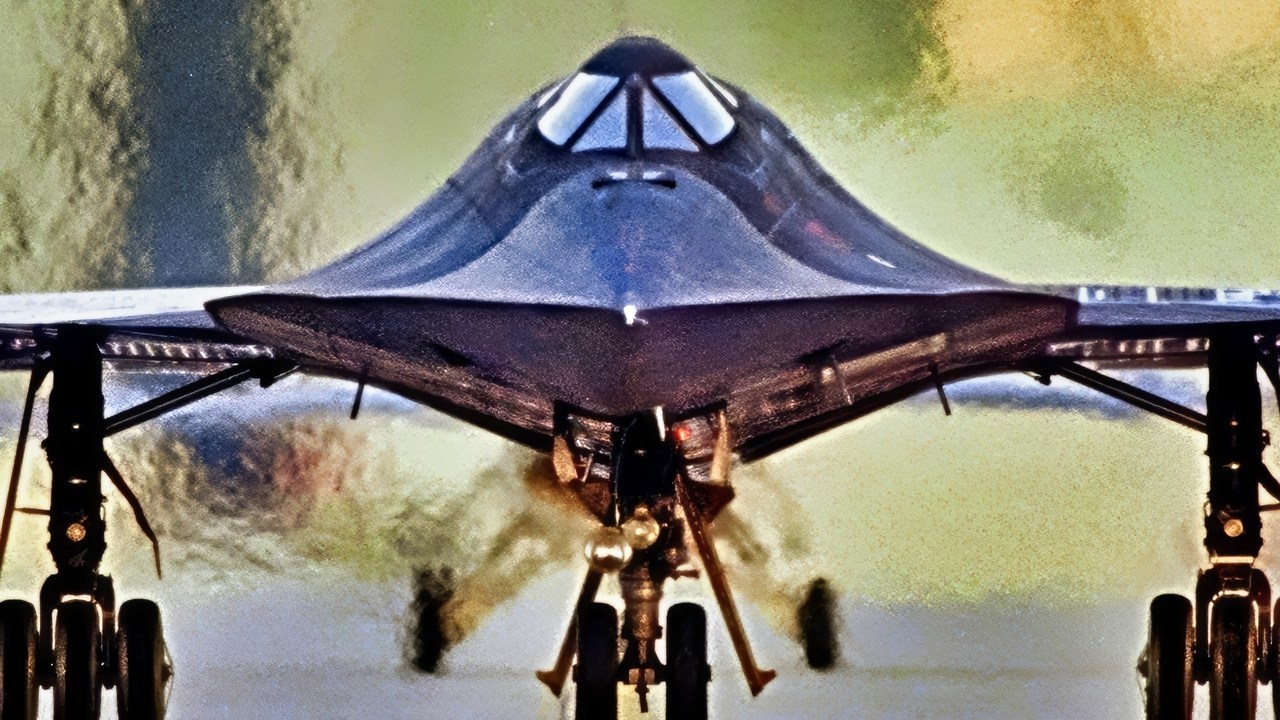Key Points and Summary – In one of the greatest ironies of the Cold War, the U.S. had to secretly buy the titanium needed to build the Mach 3+ SR-71 Blackbird spy plane from its primary adversary, the Soviet Union. Lockheed’s Skunk Works required the metal to withstand the extreme heat of hypersonic flight, but the USSR was the world’s main supplier.
-The CIA created a web of “bogus operations” and third-world front companies to acquire the ore.

SR-71 National Security Journal Image.
-One famous cover story, which the Soviets apparently believed, was that the U.S. was buying the titanium to build “pizza ovens.”
The SR-71 Blackbird was Simply Amazing
The legendary SR-71 Blackbird spy plane was made from titanium, which comprised more than 90 percent of its body. And that titanium came from an unexpected source: the country that was the United States’ adversary in the Cold War, the Soviet Union.
According to a BBC history published in 2013, the SR-71 was “closer to a spaceship than an aircraft,” with titanium used in its construction due to the material’s ability to withstand the extreme temperatures associated with high speeds.
The US developed a new supply chain for the Blackbird, which Lockheed Martin’s renowned Skunk Works designed. Since the US did not have a domestic source for the necessary titanium, it had to be sourced from the Soviets. Although not directly.
Titanium was, and is, rare and therefore expensive to acquire.

SR-71 Blackbird Spy Plane Back in 2022. Image Credit: National Security Journal/Harry J. Kazianis.
“In its purified form, it currently costs about four and a half thousand dollars per metric tonne. Aluminum in comparison, costs a third of that at a grand and a half per metric tonne,” according to a Wisconsin Medical Tech article about the materials and how it was procured for the spy plane. “It is a relatively expensive metal as a result of its high-energy electrolysis refinement process. To boot, that is today’s price, which has dropped dramatically since the SR-71 was created.”
So the US had to turn to the Soviet Union.
“The major supplier of the ore was the USSR. Working through Third World countries and bogus operations, they were able to get the rutile ore shipped to the United States to build the SR-71,” Colonel Rich Graham, a pilot of the Blackbird and author of multiple books about the plane, told the BBC.
What did the Soviets think the materials were for? Pizza ovens.
The Pizza Connection
According to The Aviation Geek Club, Lockheed sourced the necessary materials through third-world countries.
One of the cover stories was a claim that the US was buying the titanium to build pizza ovens. The Russians believed it, per Aviation Geek Club, because they had “possibly told their comrades that the United States was a lazy country that probably couldn’t even cook for itself. They need it to go out to buy pizza.”
Per a video from PilotPhotog, “the CIA created various backchannels and dummy corporations, to purchase large amounts of titanium, from the world’s leading exporter at the time, the Soviet Union.” That video also mentioned the pizza oven idea, referring to it as “one of the more fascinating Cold War Developments.”

Amazing SR-71 Blackbird September 2025. Image Credit: National Security Journal/Dr. Brent M. Eastwood.

SR-71 Blackbird Rear Image. Credit: Taken on September 26, 2025 by National Security Journal.
The US “managed to unobtrusively purchase the base metal from one of the world’s leading exporters – the Soviet Union,” AGC quoted from the book “Skunk Works,” by former Lockheed engineer Ben Rich. “The Russians never had an inkling of how they were actually contributing to the creation of the airplane being rushed into construction to spy on their homeland.”
The deals resulted in the securing of enough titanium to build 32 SR-71s, as well as A-12s and other planes.
How It Was Built
According to the Wisconsin Metal Tech article, obtaining the titanium was a difficult step, but only the first one, because preparing the material to the proper condition was a separate and distinct process.
The Wisconsin Metal Tech article outlined the process, which was developed in the 1940s. The first step was to convert the titanium dioxide to titanium chloride.
“To do this, titanium dioxide is mixed with chlorine and pure carbon and heated. Any oxygen or nitrogen that leaks in will ruin the process, so this must be done in relatively small batches in a sealed vessel. Once this process is complete, we have Titanium Chloride,” the article said of the process.
The next step after that was to purify the titanium chloride, after which the vapor was “fed into a stainless steel vessel containing molten magnesium at 1300 kelvin.” During this step, titanium chloride reacts with magnesium to form titanium and magnesium chloride, a process that takes several days to complete.
Through another multi-step process, the material is compressed into an electrode.

SR-71 Blackbird at USAF Museum July 2025. Image Credit: National Security Journal.
When working on this project, the engineers employed a process that had never been used before. And according to the Wisconsin Metal Tech article, the engineers believed they had saved $19 million by using titanium rather than aluminum.
“Titanium and the SR-71 conclusion. Such advancements in material science like this have the largest knock-on effect on the advancement of human technologies,” the article concluded. “So much so, that we name entire eras of human history after the materials we developed during that time; Bronze Age, Iron Age, etc.”
Titanium Today
Titanium is once again crucial to an extended war, this time the one between Russia and Ukraine.
According to an NPR story from February, which examined a potential mineral deal between the US and Ukraine, titanium is a crucial mineral, with Ukraine being one of the world’s top ten titanium producers. It was a key supplier to the military sector before Russia’s 2022 invasion.
“The metal’s strength-to-weight ratio and resistance to heat make it crucial for aerospace,” the NPR story said. “For example, titanium is used in the F-35 Joint Strike Fighter’s bulkheads and engine parts to withstand the high temperatures generated during supersonic flight.”
Meanwhile, according to a Euroreporter story in September, there was a push for titanium to be targeted in future rounds of sanctions against Russia.
“A growing number of industry specialists, security analysts and policymakers are now urging the European Union, UK and US to reassess their position on Russia’s titanium sector,” the report said. “At stake, it is argued, is not just supply chain security, but the credibility of Western sanctions policy.”
That story added that the global titanium market is expected to reach $52 billion by 2030, adding that “Russia’s reserves account for around 14.5 per cent of the total, but its real strength lies not in mining but in processing.”
About the Author: Stephen Silver
Stephen Silver is an award-winning journalist, essayist, and film critic, and contributor to the Philadelphia Inquirer, the Jewish Telegraphic Agency, Broad Street Review, and Splice Today. The co-founder of the Philadelphia Film Critics Circle, Stephen lives in suburban Philadelphia with his wife and two sons. For over a decade, Stephen has authored thousands of articles that focus on politics, national security, technology, and the economy. Follow him on X (formerly Twitter) at @StephenSilver, and subscribe to his Substack newsletter.
More Military
The British Army’s Big Challenger 3 Tank Mistake Still Stings
F-35 Stealth Fighter Program Has Passed the Point of No Return
The Iowa-Class Battleships Have A Message for Any Navy on Earth
Canada Has a Big Message for the Eurofighter Typhoon
The Mach 2 F-16 Fighting Falcon Fighter Has a Message for the U.S. Air Force










